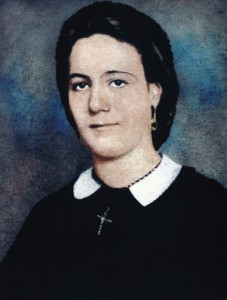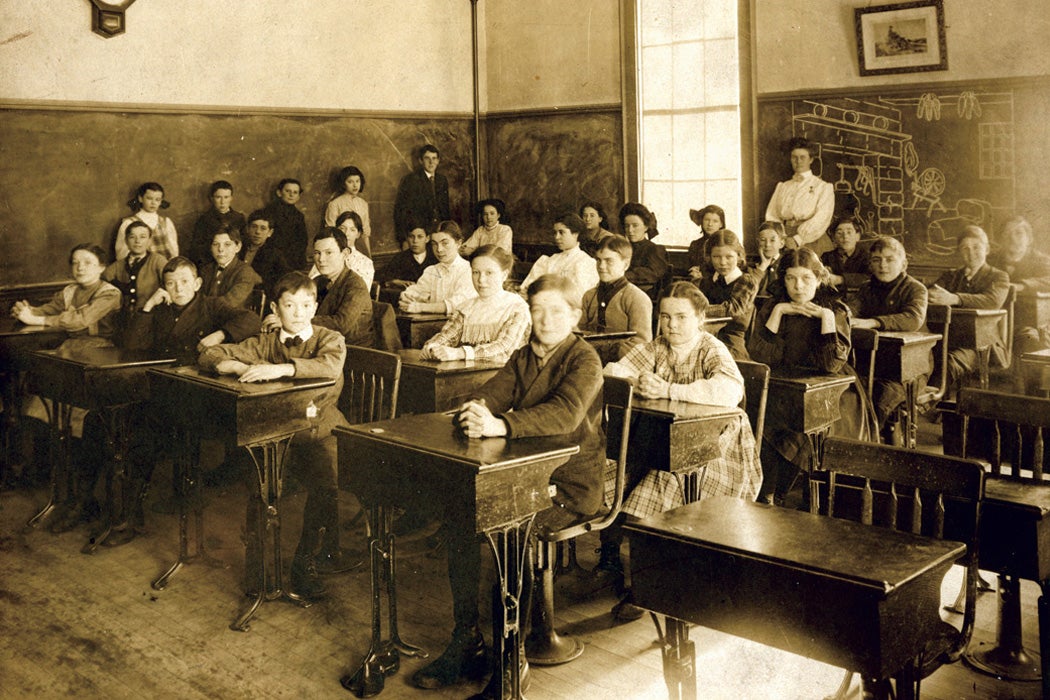Decorations in a Ruined Cemetery, A NovelPosted in Books, Louisiana, Media Archive, Novels, United States on 2019-05-28 00:10Z by Steven |
Decorations in a Ruined Cemetery, A Novel
University of South Carolina Press
May 2019 (originally published in 1994)
256 pages
5.5 x 8
Paperback ISBN 978-1-64336-018-8
A luminous and heartbreaking tale of identity, devotion, and regret
John Gregory Brown’s debut novel examines family, race, and faith in a heartbreaking tale of identity, devotion, and regret. The story centers on the Eagen family of New Orleans, Irish Catholics of “mixed blood” in a city where race defines destiny. In 1965 Thomas Eagen and his twelve-years-old twins, Meredith and Lowell, abruptly drive off, leaving his second wife, Catherine, and their home. As they cross Lake Pontchartrain, a section of the bridge collapses, injuring Murphy Warrington, an African American man who once worked for Thomas’s father. Murphy becomes the catalyst for a series of revelations about Thomas’s light-skinned black mother and the reasons she abandoned her husband and son when Thomas was an infant.




